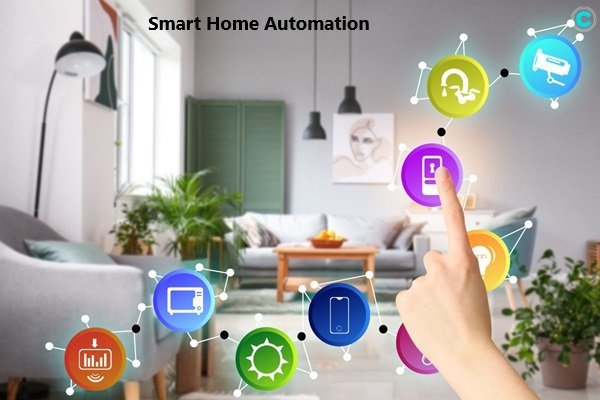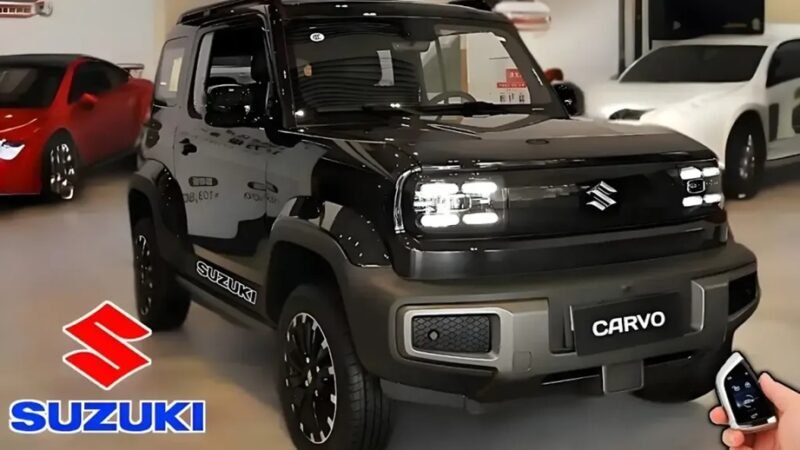Smart Home Automation Trends to Watch in 2024

In 2024, smart home automation continues to evolve rapidly, blending convenience, security, and sustainability into the daily lives of homeowners around the world. Smart homes are no longer a luxury—they’re becoming a standard, offering a seamless blend of technology and everyday living. Whether you’re controlling lighting with your voice, automating your home security system, or managing energy use through intelligent thermostats, smart home tech is reshaping how we interact with our living spaces.
But with technology constantly advancing, it’s essential to stay ahead of the curve. Here are the top smart home automation trends to watch in 2024, ensuring your home remains future-proof, efficient, and secure.
Voice Assistants Evolving with AI
Voice assistants like Amazon Alexa, Google Assistant, and Apple’s Siri have been integral to the rise of smart home automation. But in 2024, these systems are getting smarter thanks to advances in artificial intelligence (AI). These voice assistants are no longer just simple command executors—they’re evolving into sophisticated systems that can understand complex questions, remember preferences, and provide more contextual, personalized responses.
For instance, instead of needing to phrase specific commands like “turn off the lights,” AI voice assistants will recognize patterns and anticipate needs, such as automatically adjusting lighting based on time of day or user activity. In 2024, expect to see AI-driven voice assistants that offer a deeper understanding of human behavior and integrate with more devices, making home automation a truly hands-free experience.
Matter Protocol: The Future of Smart Home Compatibility
One of the biggest headaches for smart home enthusiasts has been device compatibility. In the past, choosing a smart device often meant being locked into a specific ecosystem, limiting your ability to mix and match products from different brands. Enter Matter, a new industry-standard protocol that’s revolutionizing smart home ecosystems by allowing devices from different manufacturers to work together seamlessly.
As Matter becomes more widely adopted in 2024, you can expect much easier setup processes and greater compatibility across all your smart devices, from lights to locks to thermostats. With Matter, devices can communicate with each other regardless of brand, ensuring smoother integration and reducing the need for multiple hubs or apps. This shift will streamline the way we manage our smart homes, making it easier than ever to connect everything under one roof.
Energy Efficiency and Smart Home Integration
With increasing global awareness of energy conservation and sustainability, energy-efficient smart home devices are gaining traction in 2024. Homeowners are seeking ways to reduce their carbon footprint, and smart technology is stepping up to the challenge. Devices like smart thermostats, energy monitors, and automated blinds are becoming staples in the modern smart home, allowing users to optimize energy consumption based on their daily routines.
For instance, smart thermostats like the Google Nest learn your preferences over time and adjust heating or cooling to save energy when you’re not home. Similarly, smart lights can automatically turn off when rooms are empty or adjust brightness based on natural light levels. These innovations not only cut down on energy bills but also contribute to a more sustainable future.
AI-Driven Security Systems
Home security has always been a top priority for smart homeowners, and in 2024, AI-driven security systems are taking it to the next level. Traditional security systems are being enhanced with AI, allowing them to recognize patterns, detect unusual activity, and even differentiate between familiar faces and strangers.
Smart cameras with facial recognition and anomaly detection are becoming more common, providing real-time alerts to homeowners when something unusual happens. AI-powered doorbell cameras and smart locks can even learn your routine, notifying you when someone is at the door or when a window is left open. The integration of AI ensures that your home security is not only automated but also adaptive, giving you peace of mind whether you’re at home or away.
Smart Lighting Innovations
Smart lighting has been around for a while, but 2024 brings a host of new innovations that make lighting systems even more intuitive and efficient. Smart lighting now goes beyond just changing colors or turning lights on and off—it integrates deeply into your daily routines.
Sensor-based lighting that adjusts based on movement or natural light levels is becoming more popular, allowing homeowners to save energy and create a comfortable ambiance without manual input. For instance, lights can automatically dim in the evening or brighten in the morning based on your schedule. Voice-controlled lighting is also more refined, allowing users to set the perfect mood or manage energy usage with simple voice commands.
Additionally, smart bulbs are more energy-efficient than ever, offering features like circadian rhythm alignment, which helps improve sleep by mimicking natural daylight patterns indoors. In 2024, smart lighting is not only about convenience but also about enhancing well-being and energy efficiency.
Health-Focused Smart Homes
Health and wellness are becoming increasingly integrated into smart home technology. In 2024, health-focused smart homes are on the rise, combining technology with personal health management. From air purifiers that monitor indoor air quality to smart sleep trackers that provide insights into your sleep patterns, homes are becoming central to personal well-being.
Smart devices that monitor your health can now integrate with wearables like Fitbit or Apple Watch, giving you real-time data on your environment and how it affects your body. For example, smart thermostats can adjust room temperatures for optimal sleep, and air purifiers can automatically activate when pollutants are detected in the air. The integration of health technology into smart homes is not only a luxury but also a proactive step toward maintaining a healthier lifestyle.
Home Automation with Robotics
2024 is shaping up to be the year when robotics in the home become more mainstream. From robotic vacuums to automated lawnmowers and even kitchen assistants, smart robots are evolving to handle more complex tasks.
These robots are no longer limited to just cleaning floors—they can now map your home, learn your preferences, and perform multiple tasks with greater precision. For instance, robotic vacuums like the iRobot Roomba now come with AI-based mapping technology, allowing them to avoid obstacles and clean specific areas of your home based on user preferences. The future promises even more versatile home robots that can assist with cooking, cleaning, and managing household chores, freeing up your time for more important tasks.
Sustainability Through Smart Homes
With sustainability at the forefront of global concerns, many smart home innovations in 2024 focus on creating eco-friendly environments. Devices like solar panels, smart irrigation systems, and water-saving devices are being integrated into smart homes to reduce environmental impact.
For example, smart thermostats and energy-efficient appliances help manage energy usage, while solar-powered security systems and LED lighting cut down on electricity consumption. These technologies not only help the environment but also lead to significant cost savings over time, making sustainability an attractive option for smart homeowners.
5G and Smart Home Connectivity
As 5G becomes more widespread in 2024, it’s set to revolutionize smart home connectivity. The faster speeds and lower latency of 5G networks mean that smart devices will be able to communicate with each other in real-time, enhancing the overall automation experience.
With 5G, smart home systems will become even more responsive, allowing users to control devices instantly from anywhere in the world. Real-time video streaming, instantaneous data transfer, and faster communication between devices are just some of the benefits of 5G integration in smart homes.
Increased Focus on Data Privacy and Security
As smart homes become more connected, concerns over data privacy and security are growing. In 2024, smart home manufacturers are placing a greater emphasis on protecting user data. Features like end-to-end encryption, multi-factor authentication, and secure cloud storage are becoming standard.
Smart home devices are constantly collecting data on user habits and routines, making it crucial for manufacturers to prioritize cybersecurity. Expect to see more robust privacy policies, regular software updates, and stronger security measures as part of the smart home package in 2024.





